Chrysler has pulled back the curtain on its all-electric future. The 96-year old brand, a division of Stellantis, plans to introduce its first battery electric vehicle by 2025 and go fully electric by 2028.
To signify the business shift, the Chrysler Airflow Concept was revealed at the Consumer Electronic Show (CES), showcasing the technology and materials that will move the automaker down the road.
"The Chrysler Airflow Concept represents the future direction of the Chrysler brand, providing a peek at the dynamic design, advanced technologies and seamless connectivity that will characterize the full-electric portfolio we plan to reach by 2028," said Chris Feuell, Chrysler Brand Chief Executive Officer - Stellantis.
"Chrysler is an iconic American automotive brand, with a heritage in creating new advanced technologies and product segments. Our brand will serve at the forefront as Stellantis transforms to deliver clean mobility and connected customer experiences."
The front of the concept car features an LED-illuminated version on the Chrysler Wing logo topped by a gloss black and rose gold cross-car blade. Its low-riding body style, long wheelbase, and wide track are emphasized by the car's 22-inch wheels.
Celestial Blue-colored cladding graces the sides while a long LED taillight spans the width of the rear.
Powering the car are two 150-kilowatt electric motors, one each in the front and rear, enabling all-wheel drive.
The Chrysler Airflow Concept offers 350 to 400 miles of all-electric range.
The car's interior is spacious, a quality that its electric powertrain enables. A panoramic roof allows light to shine onto the airy lounge-like interior. Ambient light lines the interior.
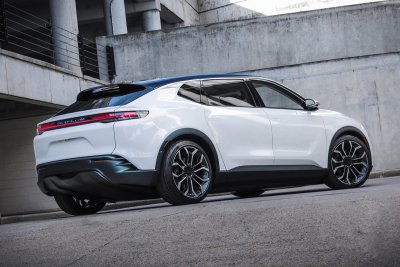

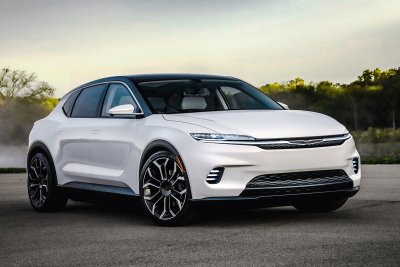








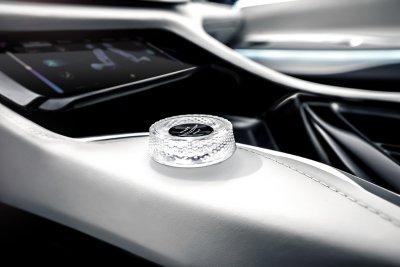
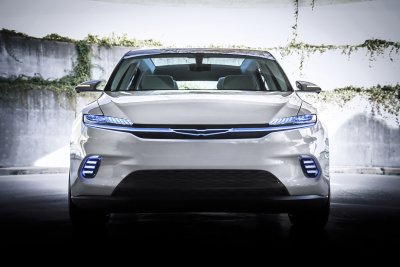
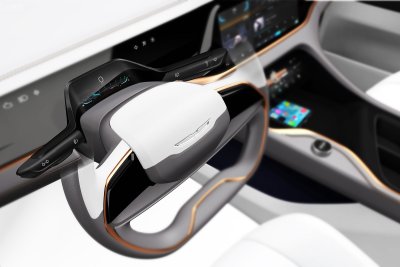
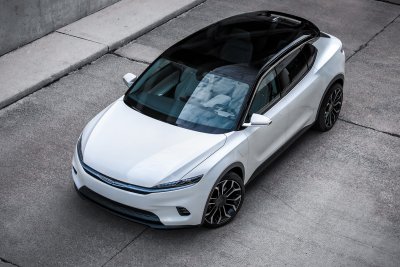

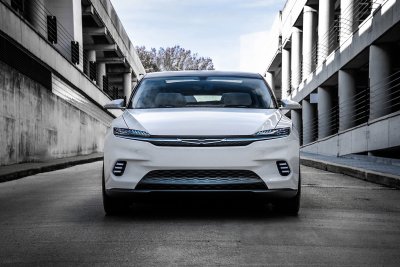
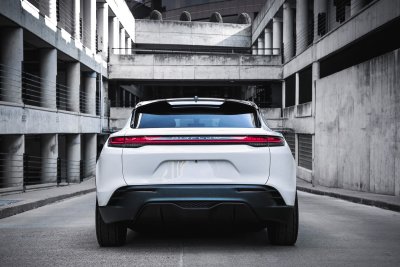
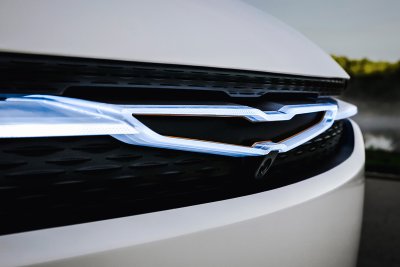


Seats are wrapped in supple, vegetable-tanned leather. Floor mats, fabric and carpeting is made from recycled materials.
Design touches show off links to other Stellantis products, like the rotary gear shifter, which employs a Jeep-like tactile pattern and a three-screened approach to the dashboard.
Chrysler uses STLA Brain technology, to power the car's STLA SmartCockpit. The cockpit is able to be customized to sync with the preferences of each passenger in addition to providing navigation, voice assistance, e-commerce marketplace and payment services. Screens, designed to appear as "gloss black sculptures" can be simplified and grouped, depending on the needs of the user.
Users can also link up their home security and camera systems to the in-car tech, allowing them to view imagery at home while on the go.
Built-in cameras feature at every seat, enabling occupants to participate in a video conference from the cabin without having to open their laptop.
Over-the-air (OTA) updates, a common technology offered in most modern autos, comes courtesy of the Chrysler's Brain. STLA AutoDrive, a Level 3 autonomous driving technology that allows drivers to take their hands off the steering wheel under certain conditions, can be upgraded via OTA updates.
Chrysler is not expected to bring the Airflow to market as it is seen today. Instead the vehicle points to the future of Stellantis technology, matched with design aesthetics meant to push the brand forward. Currently, the Pacifica minivan and 300 sedan are the only vehicles in the Chrysler lineup.

Post a Comment